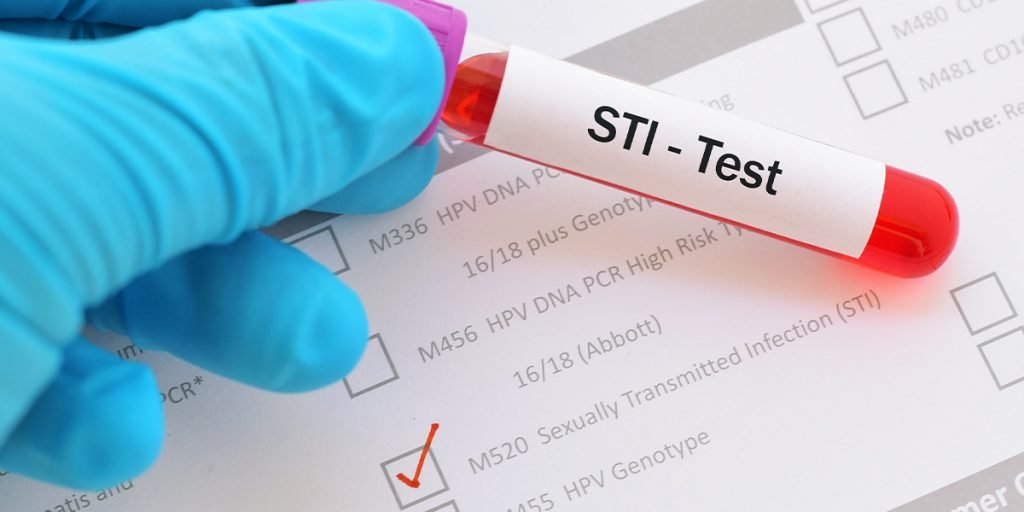Getting tested for sexually transmitted diseases (STDs) is an elemental part of maintaining your sexual health, whether you are sexually active or not. STDs can have serious health consequences if left untreated, so it’s essential to know how to get tested. In this comprehensive guide, we will discuss various aspects of STD testing, including why it’s important, the types of STDs you can be tested for, where to get tested, what to expect during the testing process, and how to interpret your test results.
Why is STD Testing Important?
1. Early Detection:
Many STDs do not show symptoms in the early stages, so testing is the only way to detect them. Early detection allows for timely treatment, forestalling complications and the spread of the disease.
2. Prevention:
Understanding your STD status is elemental for making informed choices regarding your sexual health. When you receive a positive test result, you can take immediate steps to safeguard your partner(s) and reduce the chances of transmission. This responsible approach is key to maintaining a healthy and safe sexual environment.
3. Peace of Mind:
Consistent testing assures reassurance and peace of mind, lessening concerns about your sexual health and empowering you to take charge of your overall well-being.
Types of STDs and Testing Methods
There are various STDs, and different tests are available to detect them. Some of the most common STDs and their testing methods include:
-
HIV:
The most common test is a blood test that looks for antibodies or the virus itself. Rapid HIV tests provide results in minutes.
-
Chlamydia and Gonorrhea:
These are often tested using urine samples, swabs, or a combination of both.
-
Syphilis:
A blood test is the most common method for syphilis testing.
-
Herpes:
Testing may involve swabs of sores or a blood test.
-
Hepatitis B and C:
Blood tests are used to detect these infections.
-
HPV (Human Papillomavirus):
Most often, HPV is detected through Pap smears or specific HPV tests.
Where to Get Tested
You have several options for getting tested for STDs:
-
Primary Care Provider:
Visit STD testing clinic in Portland, Oregon. Your usual healthcare provider can often conduct STD testing. Simply book an appointment to discuss your concerns and complete the required tests. This convenient approach assures continuity of care and effective management of your sexual health.
- Sexual Health Clinics:
Many public and private clinics specialize in sexual health. They offer discreet, confidential testing services.
- Planned Parenthood:
Planned Parenthood centers assure comprehensive sexual health services, comprising STD testing and education.
- Community Health Centers:
These centers often offer affordable or sliding-scale fee testing services.
- At-Home Testing Kits:
Some companies offer at-home testing kits for certain STDs. You collect a sample at home and send it to a lab for analysis.
- Telemedicine Services:
Some telemedicine assures offer consultations and prescriptions for STD testing, which you can then have done at a local lab.
What to Expect During STD Testing
The testing process can vary depending on the STD being tested for and the testing method used. Generally, here’s what to expect:
1. Pre-Test Counseling:
Before undergoing testing, you may receive pre-test counseling to address your risks, answer any questions, and ensure you have a clear comprehension of the testing process. This counseling is specifically designed to assure you of the elemental information and support needed to make informed decisions about your sexual health.
2. Sample Collection:
Depending on the STD, you may need to ensure a urine sample, blood sample, or have a swab taken from the relevant area (e.g., throat, genitals).
3. Confidentiality:
STD testing is typically confidential, meaning your results are not shared with anyone without your permission.
4. Wait Time:
The time it takes to receive results varies. Some tests assure rapid results, while others may take a few days or more.
Interpreting Test Results
When you receive your STD test results, there are three possible outcomes:
1. Negative:
A negative result means that the test did not detect the presence of the STD. This is good news, but it’s pivotal to continue practicing safe sex and getting tested regularly, especially if you engage in high-risk behaviors.
2. Positive:
A positive result indicates that the test detected the STD. It’s elemental to follow up with your healthcare provider for treatment and discuss steps to protect your partner(s) and forestall further transmission.
3. Inconclusive:
Occasionally, test results may be inconclusive. In these instances, your healthcare provider will offer guidance on the next steps, which may involve retesting or additional evaluations to ensure accurate results and address any potential concerns.
In conclusion, undergoing STD testing is a responsible and fundamental aspect of maintaining sexual health. Regular testing, transparent communication with your healthcare provider, and the practice of safe sex are vital components in reducing the spread of STDs and safeguarding your overall well-being. It’s essential to remember that STD testing is a private matter, and your confidentiality is usually safeguarded throughout the process. Take control of your sexual health by getting tested regularly, staying informed, and making responsible decisions.



